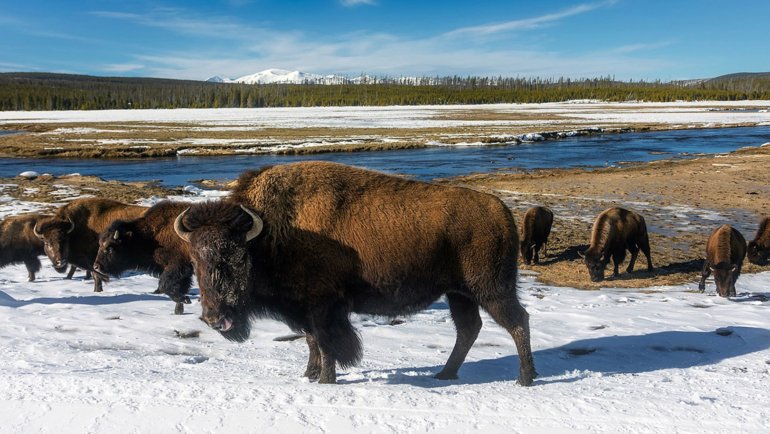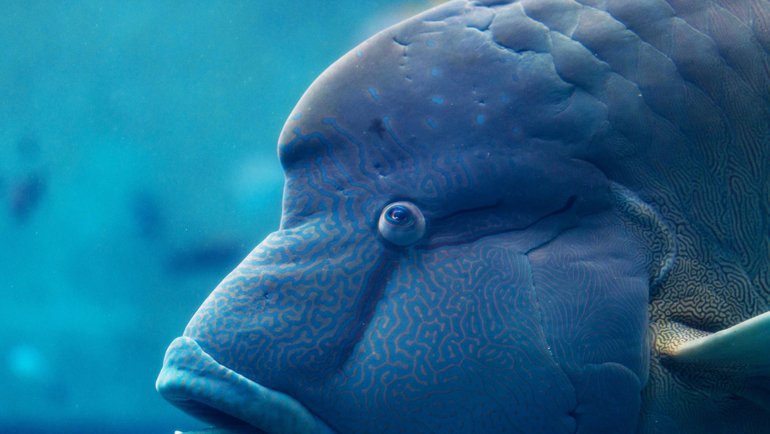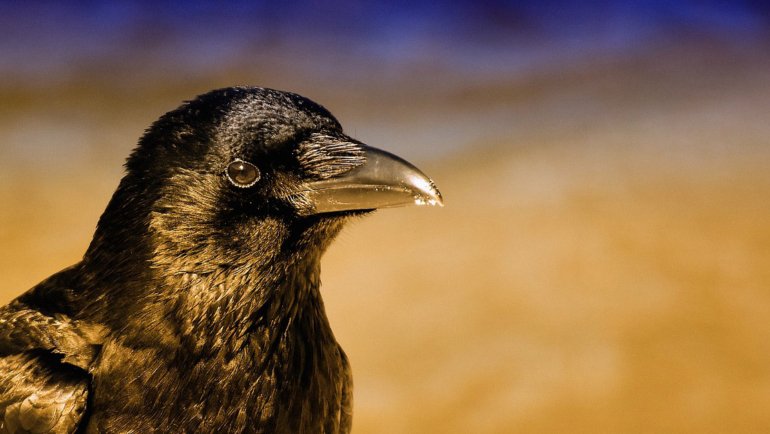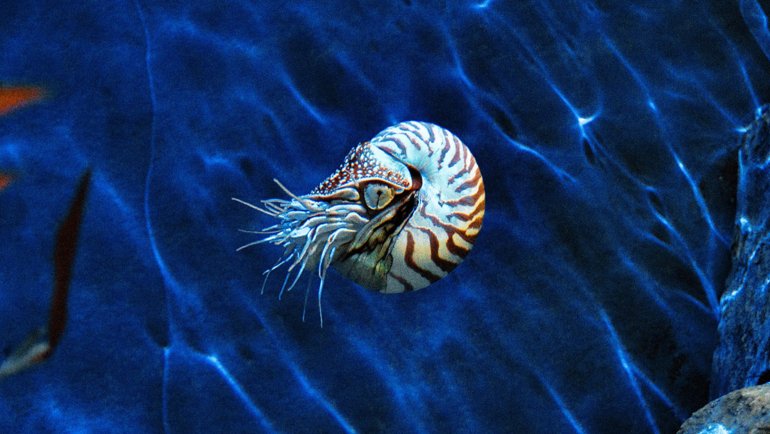When it comes to protecting the planet, money talks. From philanthropic billionaires to innovative entrepreneurs and impact investors, the world’s wealthy are playing an increasingly important role in funding wildlife conservation and sustainability initiatives.
While governments and NGOs remain vital in conservation efforts, private wealth is providing crucial funding and new ideas that are helping to tackle some of the planet’s biggest environmental challenges.
Let’s take a closer look at how the rich and powerful are stepping up to protect wildlife and ecosystems, and what this means for the future of our planet.
The Role of Wealth in Wildlife Conservation
Conservation projects often require large sums of money to be successful. From preserving endangered species to restoring habitats and fighting poaching, the costs are enormous. This is where wealthy individuals and private investors have started to make a real difference.
Unlike traditional government funding, private wealth can be deployed more quickly and with fewer bureaucratic hurdles. This flexibility allows conservationists to act faster in responding to urgent threats, such as wildlife trafficking or deforestation.
In addition to funding, wealthy individuals bring attention and influence to conservation causes, making them more visible to the public and policymakers alike.
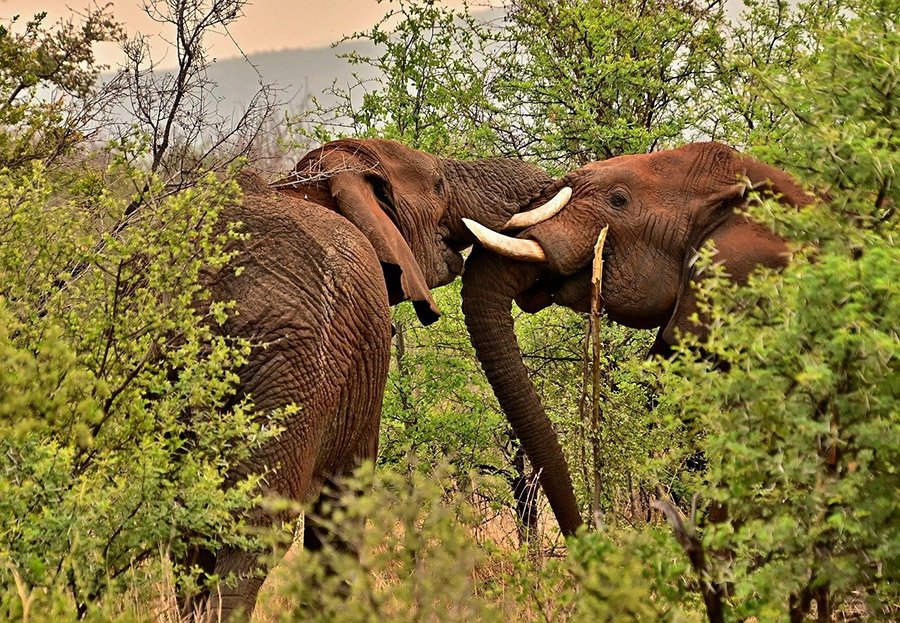
High-Profile Names Making a Difference
1. Leonardo DiCaprio: The Actor Turned Environmental Champion
While not a billionaire, Leonardo DiCaprio is one of the most influential figures in the world of environmental activism. Through his Leonardo DiCaprio Foundation, he has funded numerous projects aimed at protecting endangered species, restoring ecosystems, and promoting sustainable practices.
DiCaprio’s efforts have helped support tiger conservation in Nepal, marine protection in the Seychelles, and reforestation projects around the globe. His foundation has also partnered with scientific organizations to combat climate change and raise awareness about biodiversity loss.
2. Richard Branson: Virgin Unite’s Sustainability Initiatives
Richard Branson, the billionaire founder of Virgin Group, has long been a supporter of sustainability and conservation. Through Virgin Unite, Branson funds projects that focus on climate change mitigation, ocean conservation, and sustainable tourism.
One of his key projects is Ocean Unite, which aims to protect 30% of the world’s oceans by 2030. Branson has also spoken out against overfishing and plastic pollution, calling for more sustainable practices in industries that impact marine life.
3. Marc Benioff: A Voice for Ocean Conservation
Marc Benioff, the billionaire CEO of Salesforce, has made ocean conservation a personal mission. He and his wife Lynne have donated millions to marine protected areas, helping to safeguard some of the world’s most important ecosystems.
Benioff has also funded research initiatives aimed at tackling climate change and ocean acidification. His commitment to sustainability extends to his company, Salesforce, which has pledged to achieve net-zero emissions and support environmental causes.
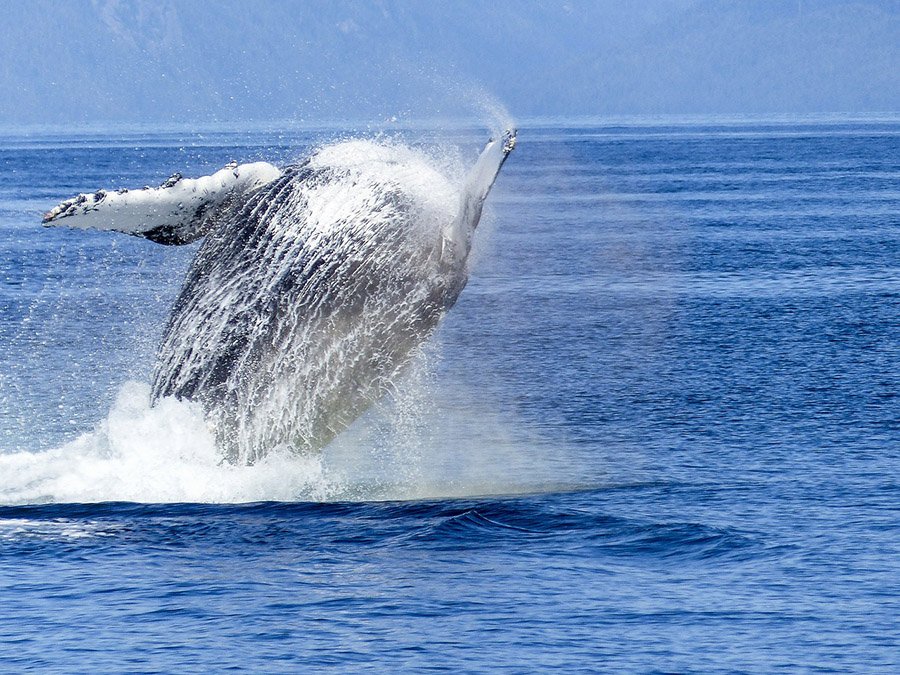
Conservation Startups: Innovation Meets Wildlife Protection
It’s not just billionaires who are making a difference. Startups and tech innovators are playing a crucial role in developing new tools and technologies to protect wildlife and ecosystems. Here are some notable examples:
Wild Me
This AI-powered platform helps track endangered species by identifying animals based on their unique markings. Wild Me’s Wildbook project uses machine learning to create a digital database of wildlife populations, enabling conservationists to monitor species more effectively.
TrailGuard AI
TrailGuard AI is a smart camera system designed to detect human activity in protected areas. By alerting park rangers in real-time, it helps prevent poaching incidents before they happen. The technology has already been deployed in national parks across Africa.
Reforestum
Reforestum is a startup that allows individuals and companies to invest in reforestation projects. Users can track their contributions through a digital platform that shows the progress of the forests they’ve helped plant. The goal is to make carbon offsetting more transparent and accessible.
Why Private Wealth Matters for Conservation
While governments and NGOs remain essential in the fight to protect wildlife, private wealth brings unique advantages:
- Speed and flexibility: Private funds can be deployed faster than government grants.
- Innovation: Wealthy individuals often back cutting-edge technologies that can revolutionize conservation efforts.
- Influence: High-profile donors bring visibility and attention to conservation causes, inspiring others to take action.
However, it’s important to ensure that private investments in conservation are made responsibly, with a focus on long-term impact rather than short-term gains.
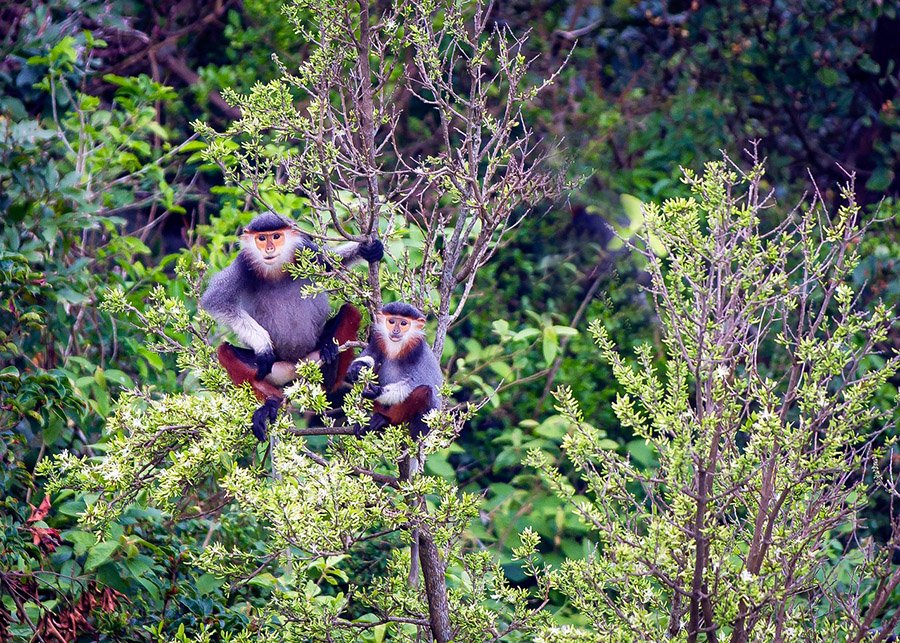
The Future of Conservation Funding
The involvement of wealthy individuals and private investors in wildlife conservation is likely to grow in the coming years. As climate change and biodiversity loss become more pressing global issues, the need for innovative solutions and substantial funding will only increase.
We can expect to see more partnerships between governments, NGOs, and private investors, as well as new conservation-focused startups emerging to tackle challenges in wildlife protection, habitat restoration, and sustainable development.
Conclusion
Wealth and innovation are increasingly shaping the future of wildlife conservation. From philanthropic actors like Leonardo DiCaprio to billionaire investors like Richard Branson and Marc Benioff, the world’s wealthy are stepping up to fund critical environmental initiatives.
At the same time, startups and tech innovators are creating new tools and platforms that make conservation efforts more effective. Together, these forces are helping to protect the planet’s most vulnerable species and restore ecosystems for future generations.
In a world facing unprecedented environmental challenges, it’s clear that wealth and innovation will play a vital role in shaping the future of wildlife protection. The question is no longer whether the rich and powerful will get involved — but how far their contributions can take us in saving the planet.

